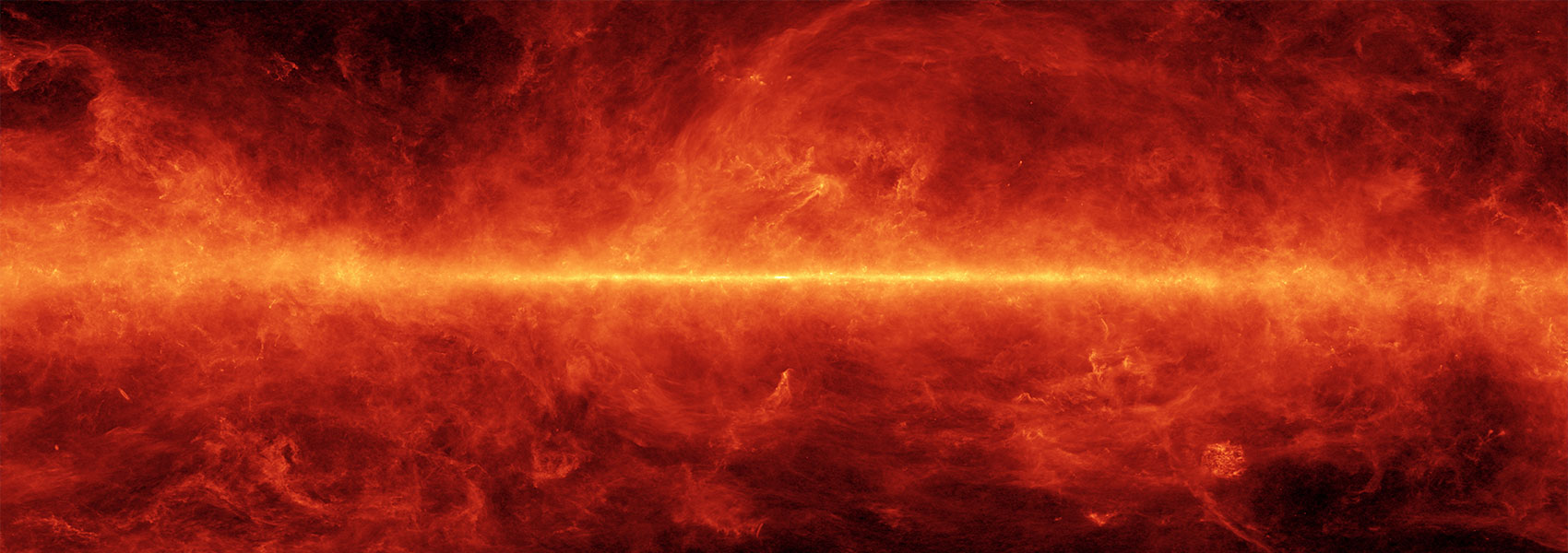November
2019
•
2019AJ....158..177Q
Authors
•
Quinn, Samuel N.
•
Becker, Juliette C.
•
Rodriguez, Joseph E.
•
Hadden, Sam
•
Huang, Chelsea X.
•
Morton, Timothy D.
•
Adams, Fred C.
•
Armstrong, David
•
Eastman, Jason D.
•
Horner, Jonathan
•
Kane, Stephen R.
•
Lissauer, Jack J.
•
Twicken, Joseph D.
•
Vanderburg, Andrew
•
Wittenmyer, Rob
•
Ricker, George R.
•
Vanderspek, Roland K.
•
Latham, David W.
•
Seager, Sara
•
Winn, Joshua N.
•
Jenkins, Jon M.
•
Agol, Eric
•
Barkaoui, Khalid
•
Beichman, Charles A.
•
Bouchy, François
•
Bouma, L. G.
•
Burdanov, Artem
•
Campbell, Jennifer
•
Carlino, Roberto
•
Cartwright, Scott M.
•
Charbonneau, David
•
Christiansen, Jessie L.
•
Ciardi, David
•
Collins, Karen A.
•
Collins, Kevin I.
•
Conti, Dennis M.
•
Crossfield, Ian J. M.
•
Daylan, Tansu
•
Dittmann, Jason
•
Doty, John
•
Dragomir, Diana
•
Ducrot, Elsa
•
Gillon, Michael
•
Glidden, Ana
•
Goeke, Robert F.
•
Gonzales, Erica J.
•
Hełminiak, Krzysztof G.
•
Horch, Elliott P.
•
Howell, Steve B.
•
Jehin, Emmanuel
•
Jensen, Eric L. N.
•
Kielkopf, John F.
•
Kristiansen, Martti H.
•
Law, Nicholas
•
Mann, Andrew W.
•
Marmier, Maxime
•
Matson, Rachel A.
•
Matthews, Elisabeth
•
Mazeh, Tsevi
•
Mori, Mayuko
•
Murgas, Felipe
•
Murray, Catriona
•
Narita, Norio
•
Nielsen, Louise D.
•
Ottoni, Gaël
•
Palle, Enric
•
Pawłaszek, Rafał
•
Pepe, Francesco
•
Pitogo de Leon, Jerome
•
Pozuelos, Francisco J.
•
Relles, Howard M.
•
Schlieder, Joshua E.
•
Sebastian, Daniel
•
Ségransan, Damien
•
Shporer, Avi
•
Stassun, Keivan G.
•
Tamura, Motohide
•
Udry, Stéphane
•
Waite, Ian
•
Winters, Jennifer G.
•
Ziegler, Carl
Abstract
•
We report the Transiting Exoplanet Survey Satellite detection of a multi-planet system orbiting the V = 10.9 K0 dwarf TOI-125. We find evidence for up to five planets, with varying confidence. Three transit signals with high signal-to-noise ratio correspond to sub-Neptune-sized planets (2.76, 2.79, and 2.94 R ⊕), and we statistically validate the planetary nature of the two inner planets (P b = 4.65 days, P c = 9.15 days). With only two transits observed, we report the outer object (P .03 = 19.98 days) as a planet candidate with high signal-to-noise ratio. We also detect a candidate transiting super-Earth (1.4 R ⊕) with an orbital period of only 12.7 hr and a candidate Neptune-sized planet (4.2 R ⊕) with a period of 13.28 days, both at low signal-to-noise ratio. This system is amenable to mass determination via radial velocities and transit-timing variations, and provides an opportunity to study planets of similar size while controlling for age and environment. The ratio of orbital periods between TOI-125 b and c (P c /P b = 1.97) is slightly lower than an exact 2:1 commensurability and is atypical of multiple planet systems from Kepler, which show a preference for period ratios just wide of first-order period ratios. A dynamical analysis refines the allowed parameter space through stability arguments and suggests that despite the nearly commensurate periods, the system is unlikely to be in resonance.
Links





